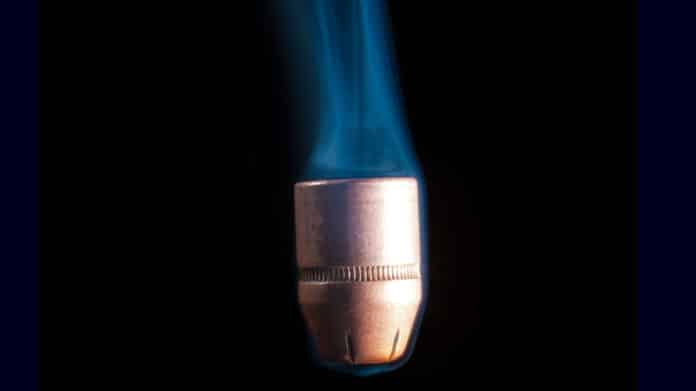Gravitational constant, denoted as G, is used to determine the strength of gravity. Over the centuries, scientists have conducted numerous experiments to determine the value of G. However, the scientific community isn’t satisfied with the current figure. It is still less precise than the values of all the other fundamental natural constants—for example, the speed of light in a vacuum.
The solution involves measuring the gravitational constant with as many different methods as possible. Scientists at ETH Zurich conducted a new experiment to redetermine the gravitational constant.
They set up their measuring equipment in what used to be the Furggels fortress, located near Pfäfers above Bad Ragaz, Switzerland. The experimental setup consists of two beams suspended in vacuum chambers.
Scientists made the first beam to vibrate. The gravitational coupling caused the second beam to exhibit minimal movement. They then used laser devices to measure the motion of the two beams.
Measuring this dynamic effect allowed scientists to determine the magnitude of the gravitational constant.
Scientists found that value 2.2 percent higher than the current official value given by the Committee on Data for Science and Technology. Although, the new value is subject to a great deal of uncertainty.
Jürg Dual, a professor in the Department of Mechanical and Process Engineering at ETH Zurich, said, “To obtain a reliable value, we still need to reduce this uncertainty by a considerable amount. We’re already in the process of taking measurements with a slightly modified experimental setup so that we can determine the constant G with even greater precision. Initial results are available but haven’t yet been published. Still, we are on the right track.”
The new method’s advantage is that it dynamically measures gravity via the moving beams.
In addition to the scientists from Dual’s group and a statistics professor, the project also involved infrastructure personnel such as cleanroom specialists, electrical engineers, and a mechanic.
Dual says, “This experiment couldn’t have come together without years of a team effort.”
Journal Reference:
- Jürg Dual, Dynamic measurement of gravitational coupling between resonating beams in the hertz regime, Nature Physics (2022). DOI: 10.1038/s41567-022-01642-8
